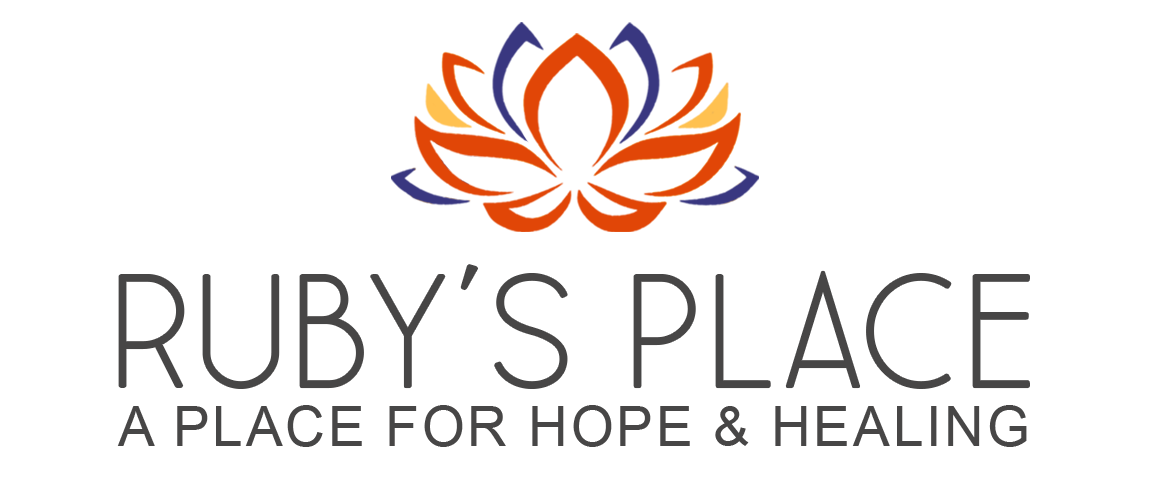Trauma: Part 2
As discussed in our trauma blog part 1 our brain adopts a survival coping mechanism called primary survival responses/ patterns categorized as fight, flight, freeze, and fawn (see the link below for revisiting information). Although essential for our survival, it can become an overriding response; let’s consider the following example for more clarity:
Picture yourself walking with an umbrella under heavy rain and gusty winds. The storm can be interpreted as trauma you have experienced and the umbrella as a primary survival response (fight, flight, flee, fawn) that is keeping you “safe” and helping you survive. Oftentimes, even after the storm ends, you may forget to close the umbrella right away as you may feel you still need the protection. This may be a good analogy as we look at the clients stepping into the “safety” of our shelters from the “storm” they have experienced in their historical trauma. They still have their guards up as closing the “umbrella” makes them feel unsafe and unprotected. They carry their trauma lens with them and even the safest place can translate to unsafe.
Along with the need for a sense of safety, if our bodily senses (such as hearing, sight, taste, smell, and touch), indicate danger, closing the umbrella can be translated as a terrifying experience. Let’s take a deeper look at how our sensory memory can communicate a lack of safety and trigger a trauma response without the presence of the actual trauma/danger. When we walk into a room our bodies are the catalyst for our interpretation of what is safe and what is unsafe. This means that we come to understand the world through our senses. This is why the smell of a street market can take us back to our grandmother’s kitchen table and the food she used to make (which based on our association with that memory, can create comfort, distress, OR both in our body and emotional state). If our bodies signal to our brain this is an unsafe environment our brain moves us into survival or high alert mode. It is the sensories in our body that hold past memories that help us to interpret our surroundings. For those who experience developmental trauma their senses are often hypervigilant about any type of past traumatic memory event that could repeat itself.
The major immediate impacts of trauma can be categorized as losing one’s voice, choice, and power. To restore this power the survivors have to experience some levels of safety as a form of antidote to trauma in which their voice, choice, and power are restored. The concept of physical and emotional safety is the key ingredient to the healing of trauma. Stay tuned for our next blog as we reflect on the framework of trauma healing.
Reflection:
If the information shared has been activating for you, please take the time to practice self-care and self-compassion to be able to hold space and honor your experience. Some examples of self-care can be:
Take a walk outside
Eat or drink something that nurtures your body
Call a friend you can talk to or laugh with
Practice self-compassion
Provide yourself with what you appreciate about yourself
Turn on the music and dance
Use some form of creative expression such as cooking, drawing, knitting, writing
Take a shower
Find a meaningful quote
Look around the room and find something that brings a sense of safety to you
Click to Read Part 1



